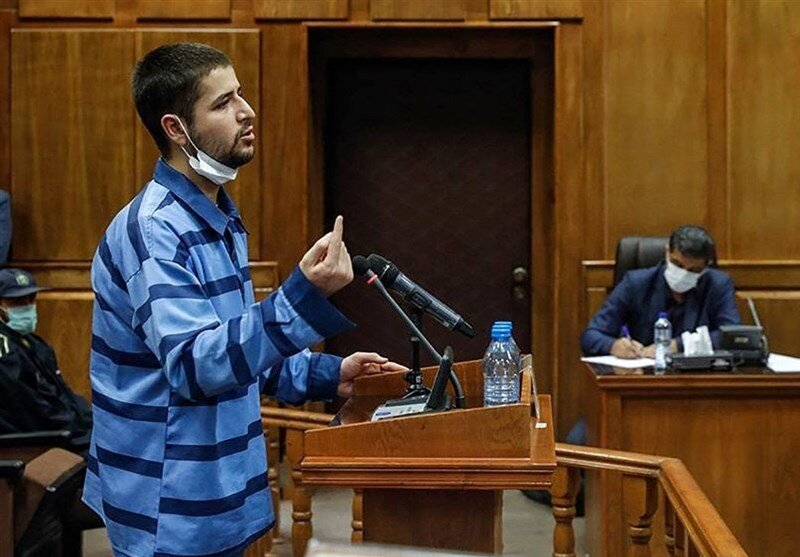Why was Mohammad Ghobadloo put to death?
Man portrayed by Western media as “mentally ill protester” ran over several police officers in 2022 riots

TEHRAN – A 23-year-old man was hanged on Tuesday after being found guilty of killing one police officer and injuring five others during the unrest that shook Iran in September 2022.
Iran’s judiciary announced on Tuesday, "The death sentence of Mohammad Ghobadloo was carried out this morning following 487 days of legal proceedings."
Family members of Ghobadloo contended that he should not face the death penalty as he had been diagnosed with bipolar disorder and had not been adhering to his medication in the months leading up to the incident. However, the court was unable to find any medical records for the prisoner or confirm any mental illness upon further examination.
"After deliberately running over multiple police officers with a pick-up truck, Ghobadloo fled the scene, demonstrating an awareness of the gravity of his actions and a lack of mental dysfunction," stated the court's psychiatrist, highlighting that the individual had no history of hospitalization despite his claims.
During one of his hearings, Ghobadloo confessed to seeking out a group of police officers in the city of Parand, just outside Tehran, prior to carrying out his plan. "I intended to eliminate them all. There were approximately 20 police officers on bikes," he admitted.
In September 2022, a 22-year-old Iranian woman, Mahsa Amini, passed away in a Tehran hospital three days after collapsing at a police station. An investigation attributed her death to a pre-existing medical condition, refuting allegations of abuse by police forces. In a video released several weeks after her death, Amini’s father can be seen above her hospital bed, confirming to a judiciary official that he sees no injuries on his daughter's body. Also, in recordings subsequently released by intelligence forces, Amini’s brother can be heard telling his mother on the phone that his sister had fainted “again”. It was also revealed that Amini had received brain surgery when she was younger.
Following her passing, protests erupted in parts of Tehran, which, with the direct involvement of Western states and Israel, quickly devolved into violent riots and spread to other parts of the country. The unrest resulted in the tragic loss of at least 200 lives, including 75 police officers.
Social media emerged as a critical factor in exacerbating violence that year. Some Western-based Iranian medical professionals, who initially accused the government of perpetuating harm to Amini based on medical scans, later admitted after the riots subsided that they had not observed any indications of injury in the scans. However, they chose to conceal the truth to avoid "disrupting the protests."
Some rioters who ended up in custody admitted that they had been heavily influenced by celebrities-turned-Mossad agents to harm civilian infrastructure and security forces. “When you go out and kill police officers don’t forget to take their weapons. They will be used in the future,” an underground rapper linked to the notorious Mojahedin-e-Khalq terror organization wrote on X amidst the unrest.
Meanwhile, Western states embarked on an extensive propaganda campaign against the Iranian government, accusing it of infringing on the rights of its citizens. Notably, approximately a year later, these same Western powers declined to condemn Israel’s genocide of Palestinians in Gaza, instead persisting in levying unsubstantiated allegations against Iran.
